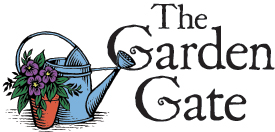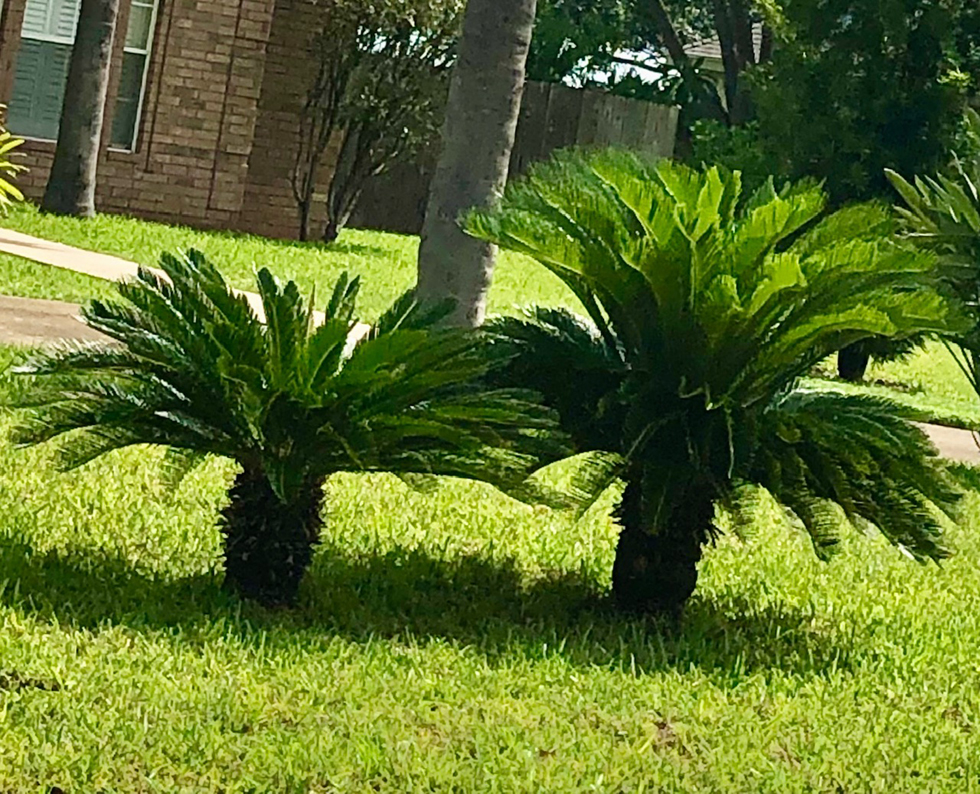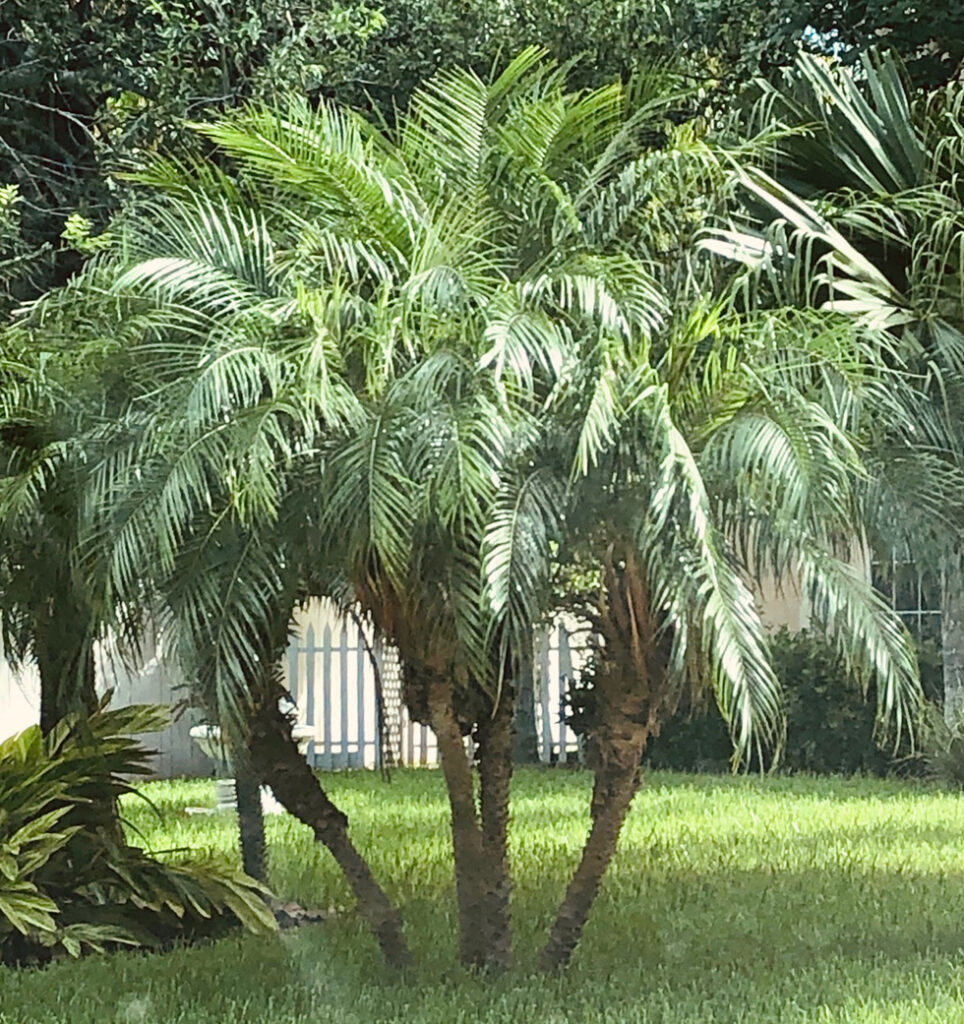- South Texas Students Meet Accordion Music Icons Los Tigres Del Norte In Edinburg Thanks To Khs America/Hohner Alianza Académica Initiative
- Fragile Planet Offers a Nighttime Wildlife Experience
- Falcons Soccer Off & Running
- Cameron County Receives Funds to Improve Two Parks
- Falcons Complete First Half of 32-6A
- School District to Help out Victims of California Wildfires
- Sand Castle Days Continued Despite Unexpected Weather
- Ready for District
- Discussion of Garbage Dumpster Rates, Agreements Between State & City on Highway Regulations, and More
- 31st Annual Shrimp Cook-Off is Right Around the Corner
A little palm tree basics
- Updated: July 16, 2020

By ANN JOHNSTON
LFN
When you are driving into the Lower Rio Grande Valley, the tall palm trees lining the highways are the signals that you are finally in the Valley. It’s a long drive for most people to get here. Recent changes in the highway system have, thankfully, kept the tradition of the palm trees welcoming us home.
Palms grow all over the world in warm, tropical and subtropical locations.

They can be found in rainforests and deserts. Many are tree-like and unbranched in shape with large flat leaves called “fronds.” This type of palm is typically called a “palm tree.” Palms are evergreens with over 2,000 species. Some that are commonly called “palms” are really cycadales. One is the “sago palm” that is much used as a landscape shrub in the Valley. The cardboard palm is a cycad. Yuccas of various types are also mistaken for palms.
Our tall palms that line the streets and highways are Washingtonia robusta palms that can grow 60 feet high. At this height, they begin to shed their fronds voluntarily and become self-cleaning. The fronds on these older palms hang down like hula skirts and protect the palms during our very coldest weather – when we have cold weather.

Hints: Don’t trim palms of any kind just before winter. Leave the browned fronds as winter protection. Trim after mid-February.
• Also, don’t trim the fronds down to just a few fronds sticking straight up. All plants, including palms, get their nourishment from their leaves. Drastically trimming them endangers the plant.

Suggestions: The Southeastern United States has several native palm varieties. We are blessed in our Valley with the native sabal palms. Be sure to plan a trip to our Sabal Palm Sanctuary east of Brownsville. Also in that area is the Resaca de la Palma State Park.
• Many palms are native to Mexico and thus our Valley is a perfect place to grow palms in the yard. They can grow quite large outdoors so give them plenty of space for future growth when planted.
Step through the Garden Gate for more gardening suggestions, hints and things to watch for next week.

